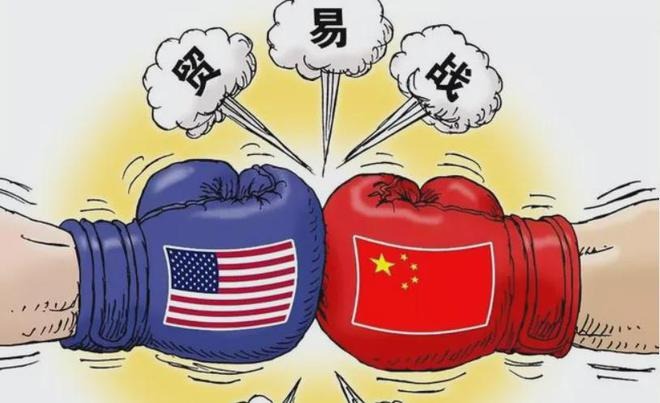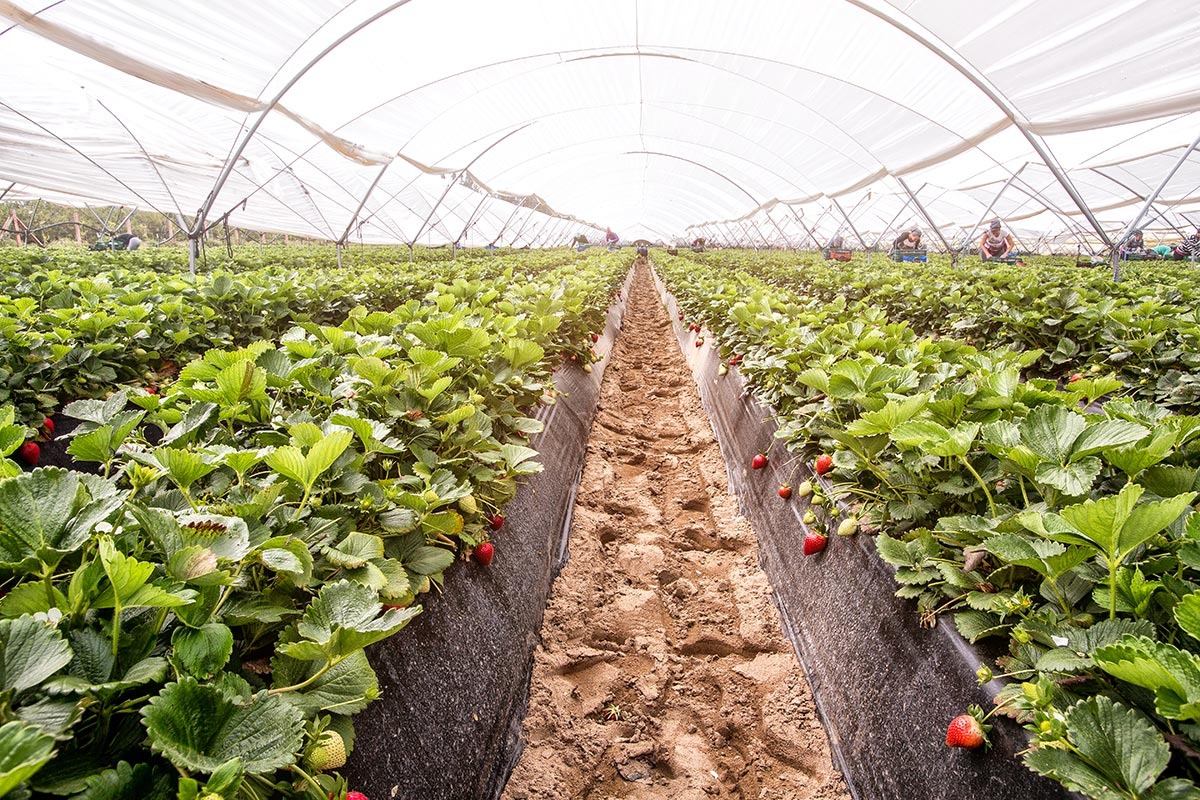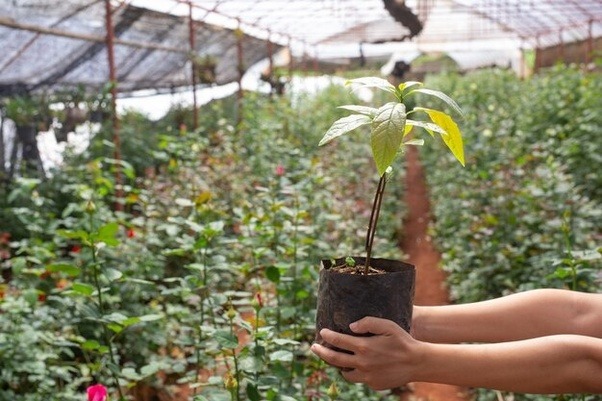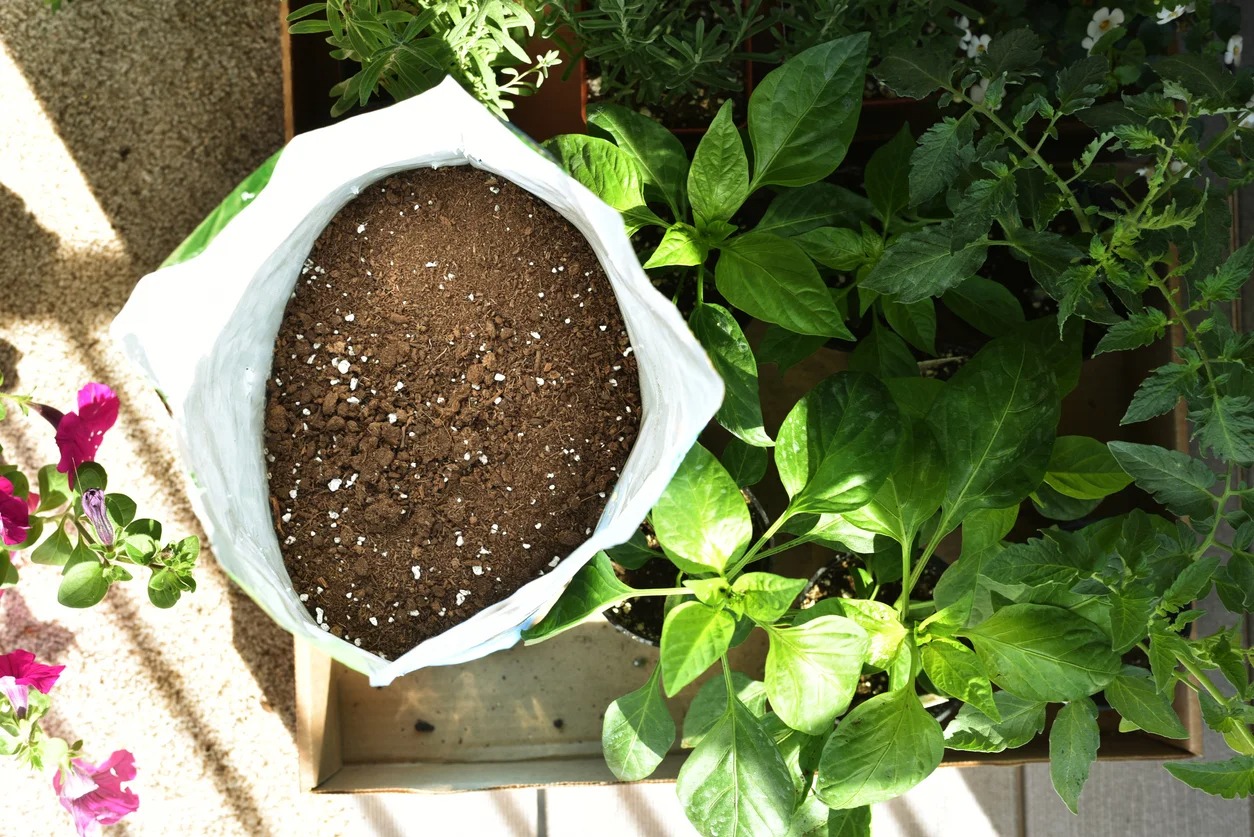he Rise of 100% Tariffs: A Crash Course for the Kitchen Table
The U.S.-China trade war has transformed grocery bills into battlegrounds, with tariffs now acting as silent tax collectors at every meal. A 100% tariff on certain goods isn’t just an abstract policy—it’s a tangible force reshaping what you buy, how much you spend, and even what flavors linger on your tongue. From breakfast cereals to midnight snacks, the war’s ripple effects are as pervasive as they are insidious.

Tariff Shockwaves: How Global Supply Chains Are Shaking Up Your Grocery Bill
Global supply chains, once sleek and efficient, now resemble a game of economic whack-a-mole. A tariff on Chinese steel might indirectly raise the price of canned beans, while sanctions on soybeans could inflate the cost of a tofu stir-fry. The interconnectedness of trade means no corner of your pantry is immune to the aftershocks of political sparring.
The Breakfast Table: Your Morning Coffee Isn’t Just a Ritual Anymore
Why Your Morning Brew Costs More Than Ever
That $5 latte isn’t just a caffeine fix—it’s a microcosm of geopolitical tension. Tariffs on coffee beans imported from countries like Brazil, which once relied on Chinese markets, have forced roasters to absorb costs. The result? A bitter brew of inflation.The Surprising Link Between Soybeans and Your Cereal Box
Soybeans, a staple in livestock feed, are caught in the crossfire. Higher tariffs on U.S. soy exports to China have driven up global grain prices, trickling down to everything from corn flakes to oatmeal. Your morning crunch now carries the weight of a continental trade standoff.
Snacks and Sweets: A Sweet Tooth’s Worst Nightmare
Chocolate Bars with a Side of Trade War Drama
Cocoa imports from West Africa, once a seamless journey to American shelves, now face punitive taxes. Brands like Hershey’s and Mars have quietly raised prices, turning a simple chocolate bar into a luxury item.Why Your Favorite Trail Mix Might Taste Like Inflation
Trail mix’s blend of nuts, dried fruits, and seeds often includes ingredients sourced from China, now subject to steep tariffs. Retailers pass these costs to consumers, making a handful of almonds feel like a fiscal gamble.
Produce Section Secrets: Fruits and Veggies Under Fire
The Mandarin Orange Trade Battle You’ve Never Heard Of
California’s citrus industry, a $2 billion powerhouse, faces retaliatory tariffs from China. Farmers now scramble to redirect crops to new markets, but the fallout has left shelves sparse and prices high.Avocados, Tariffs, and the Great Guacamole Shortage
While avocados aren’t directly taxed, their Mexican growers face indirect pressure as China pivots to rival suppliers. The result? Smaller avocados and a guacamole crisis, one chip at a time.
The Meat Market: Steaks, Pork, and Hidden Costs
How Chicken Wings Became a Political Hot Potato
Chicken wings, a quintessential American snack, are now a casualty of trade wars. U.S. poultry exports to China have plummeted, leaving farmers to sell domestically at inflated prices.The Beef Industry’s Surprising Loyalty to China
Beef producers, once wary of Chinese markets, now cling to their sales amid domestic demand saturation. But tariffs have turned this relationship into a high-stakes balancing act, with grocery prices bearing the strain.
Dairy Dilemmas: Milk, Cheese, and Dairy’s Silent Crisis
The Milk Carton’s Hidden Tariff Tax
Dairy processors, hit by tariffs on imported milk powder, have raised wholesale prices. The result? A gallon of milk now costs more than a small bag of flour—a reversal of decades-old norms.Why Your Cheese Board Might Soon Be Smaller
European cheeses, once imported freely, now face retaliatory duties. Artisanal boards shrink as affineurs pivot to pricier domestic alternatives, leaving cheese lovers to mourn the loss of brie and gouda.
Packaged Goods Panic: Processed Foods Take a Hit
The Sneaky Way Tariffs Hide in Frozen Dinners
Frozen dinners, a staple of busy lives, now harbor hidden tariffs. Ingredients like soy-based fillers and imported spices inflate costs, forcing brands to shrink portions or raise prices.Snack Packets Priced Like Luxury Goods
Bagged chips and cookies, once affordable, now compete with premium snacks in price. The culprit? Tariffs on palm oil and sugar, staples in processed foods.
The Fish Market: Seafood’s Trade War Turbulence
Salmon Fillets and the Politics of Aquaculture
Farmed salmon, a Norwegian export, faces tariffs after China shifted to Russian suppliers. U.S. retailers now pay premiums, turning salmon from a budget protein to a weekend splurge.Why Your Sushi Roll Could Taste Like a Tax Increase
Tuna, a global commodity, has seen prices spike as tariffs disrupt Japanese-U.S. trade. Sushi chefs now substitute with lower-grade fish, altering the very essence of their craft.
Wine and Spirits: Booze Battles Across the Pacific
The $100 Bottle of Wine You’re Paying for Without Knowing It
California wineries, once China’s top export partner, now face 100% tariffs. The result? A surge in domestic pricing, as vintners recoup losses from vanished markets.Craft Beer’s Unlikely Role in the Trade War
Small breweries, shielded from direct tariffs, have capitalized on the chaos. Their locally sourced brews now thrive as imports vanish, proving that even in crisis, innovation can flourish.
The Kitchen Staples Revolt: Oils, Spices, and Pantry Staples
Olive Oil’s Quiet Price Hike
Italian olive oil, a victim of collateral tariffs, now graces shelves at premium prices. Budget-conscious cooks turn to canola oil, altering the very flavor profiles of their dishes.Why Your Spice Rack Might Be Emptying Faster
Spices like cumin and turmeric, often imported from India and China, face steep duties. Bulk buying and substitutions have become survival tactics for home chefs.
The Global Supply Chain: How Farmed Food Becomes a Political Pawn
The Invisible Hand of Tariffs in Every Bite
From seed to supermarket, tariffs distort every step. A single apple’s journey involves tariffs on fertilizers, packaging, and transportation—a cascading effect of political posturing.When Trade Wars Collide with Climate Change
Supply chain fragility meets climate volatility. Droughts in California and floods in Thailand compound tariff-driven shortages, creating a perfect storm of scarcity.
Consumer Survival Guide: Tactics to Outsmart the Tariff Surge
Meal Planning Like a Trade Economist
Budget-conscious households now track tariff schedules like stock tickers. Apps like TariffTrack help consumers identify peak pricing windows and stockpile wisely.The Rise of “Tariff-Proof” Pantries
Pantries now feature locally sourced staples and DIY alternatives. Jars of pickled vegetables and homemade broths have become symbols of resilience against economic uncertainty.
Restaurant Revelations: How Menus Are Secretly Changing
The $20 Burger and the Story Behind It
Restaurants, once slow to raise prices, now hide tariff costs in portion sizes. That $20 burger? It’s half the size it was three years ago, a silent admission of fiscal strain.Why Your Favorite Restaurant’s Menu Looks Different
Chefs pivot to “budget-friendly” proteins like tofu and lentils, while luxury items vanish. The result? A culinary landscape where creativity masks economic pragmatism.
Small Business Struggles: Farmers and Vendors on the Front Lines
The Farmer’s Market Battle Against Tariffs
Farmers markets now double as protest zones. Vendors display “Tariff-Affected” labels, urging consumers to support local growers and bypass global supply chains.Local Vendors’ Creative Workarounds
A Brooklyn bakery swaps imported cocoa for domestic beans, while a Texas rancher partners with regional dairies to cut costs. Ingenuity becomes the new currency.
Big Business Maneuvers: Corporations Rewriting the Rules
How Giant Brands Are Passing the Cost to You
CPG giants like Kraft Heinz implement “quiet” price hikes, avoiding sticker shock by shrinking packaging. A 10% tariff becomes a 15% markup, hidden in plain sight.The Race to Find New Suppliers in Unlikely Places
Brands pivot to Vietnam, Brazil, and Argentina, forging partnerships to bypass Chinese markets. The result? A global reshuffling of supply chains, with uncertain consequences.
The Human Cost: Families Adjusting to the New Normal
The Soccer Mom’s Grocery Budget Crisis
Families now tally every dollar, swapping organic produce for conventional items. The once-ubiquitous “buy one, get one free” deal has vanished, replaced by sticker shock.How Families Are Rethinking “Luxury” Foods
Once-treasured items like artisanal cheese or premium coffee now sit on wish lists. The line between necessity and indulgence has blurred entirely.
Political Perspectives: Whose Side Are the Supermarkets On?
The Grocery Store as a Trade War Battlefield
Walmart and Target now lobby for tariff relief while quietly absorbing costs. Their shelves, stocked with “Made in the USA” labels, reflect a strategic balancing act.Why Politicians Are Silent on Your Dinner Plate
Politicians avoid addressing tariff impacts, fearing backlash from both voters and corporate donors. The result? A silence as deafening as it is damning.
Looking Ahead: Will the Tariffs Ever End?
The Lingering Shadow of “Forever Tariffs” on Food
Some tariffs, once temporary, have become permanent fixtures. A “forever tariff” on almonds, for instance, now shapes farming decisions for generations.What a Trade Deal Might Taste Like
A hypothetical deal could slash tariffs on 30% of food imports, but the taste of distrust remains. Consumers now demand transparency, not just lower prices.
The Final Plate: Your Power to Influence the Future
Voting with Your Wallet in the Trade War
Every purchase is a vote. Choosing local, seasonal, and tariff-free products sends a message louder than any political speech.How Consumer Choices Could Redraw Global Food Maps
The rise of “buy local” movements and DIY cooking could reshape global trade. The next food revolution may not come from governments, but from kitchens.
Epilogue: A Toast to Tomorrow’s Table
Imagining a Post-Tariff World of Food
A world without tariffs? It’s a distant dream, but one where farmers markets thrive and innovation outpaces inflation.The Unlikely Heroes of the Kitchen Table Rebellion
From a Wisconsin cheese maker to a Brooklyn baker, everyday heroes are redefining resilience. Their tables, cluttered with creativity and grit, are where the future of food begins.



















